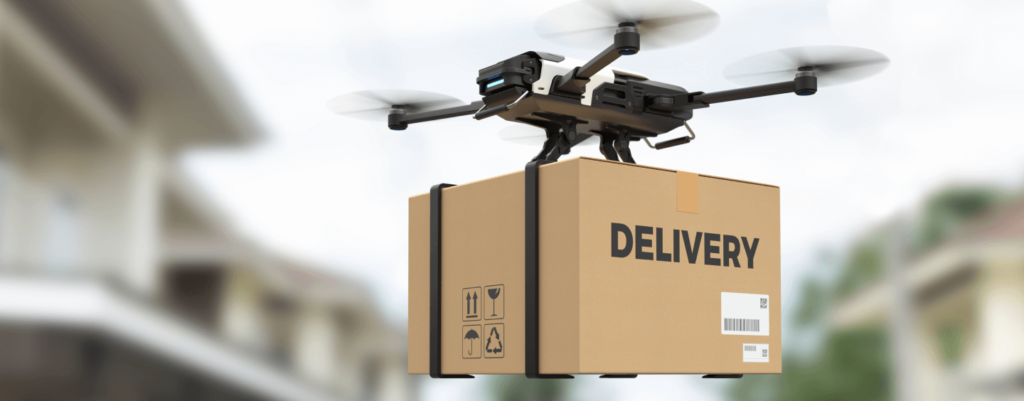Today, we embark on a fascinating exploration into autonomous cannabis delivery. As the cannabis industry continues to evolve, new possibilities emerge, and one such innovation on the horizon is the use of drones for cannabis delivery. However, the future
of this exciting technology remains uncertain, and the decisions made by individual states play a crucial role in shaping its potential.
Take, for example, the city of Seattle, where state regulations have paved the way for the use of cannabis delivery drones. In 2019, GRN Holding Corporation, a Seattle-based company, forged a groundbreaking partnership with Squad Drone to facilitate the business-to-business (B2B) delivery of cannabis products. Under this arrangement, licensed drone operators pilot these unmanned aerial vehicles, which possess impressive capabilities such as handling payloads of nearly 90 pounds (40 kilograms) and covering a range of more than six miles.
In contrast, states like California have taken a different stance. In 2021, California enacted a ban on the use of drones for cannabis delivery. This divergence in regulatory approaches highlights the significance of state decisions in determining the fate of drone-based cannabis delivery. As the industry grapples with various perspectives on safety, privacy, and operational considerations, the ultimate role of drones in the cannabis delivery landscape remains uncertain.
However, it’s important to note that using drones in the cannabis industry extends beyond delivery alone. Cultivators have begun employing drones for diverse purposes such as crop management, mold prevention, and remediation. These unmanned devices offer a unique vantage point, enabling cultivators to monitor their crops more efficiently and make informed decisions to optimize cultivation practices.
As we ponder the future implications of drones in the cannabis industry, we must closely monitor the regulatory landscape. State-level decisions will inevitably shape the extent to which drones are allowed to participate in the delivery of cannabis products. It remains to be seen whether stringent regulations will be imposed to ensure safety and compliance, or if the potential benefits of autonomous
delivery will be embraced more widely.
In conclusion, the role of drones in cannabis delivery is shrouded in uncertainty. While Seattle pioneers the use of delivery drones, California’s recent ban signifies the diverging paths taken by different states. As we move forward, we eagerly await further developments and regulatory decisions that will shape the future of autonomous cannabis delivery. In the meantime, the drone’s influence in other areas of the cannabis industry, such as cultivation, continues to expand.
Thank you for being part of our community and stay tuned for more thought-provoking insights into the ever-evolving world of cannabis.

